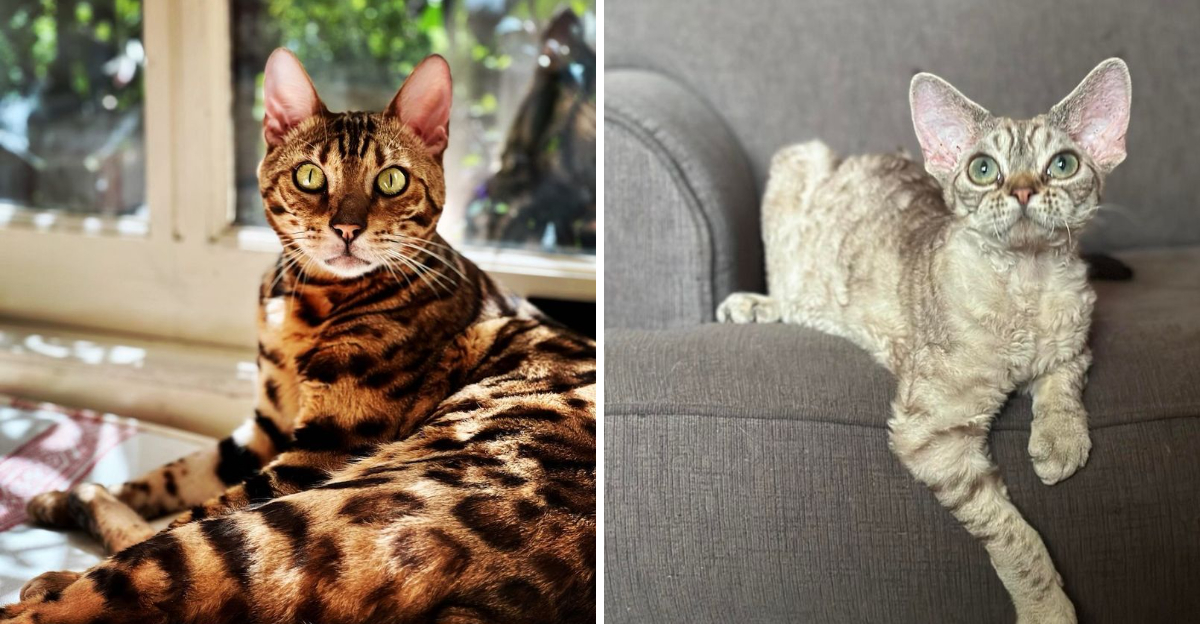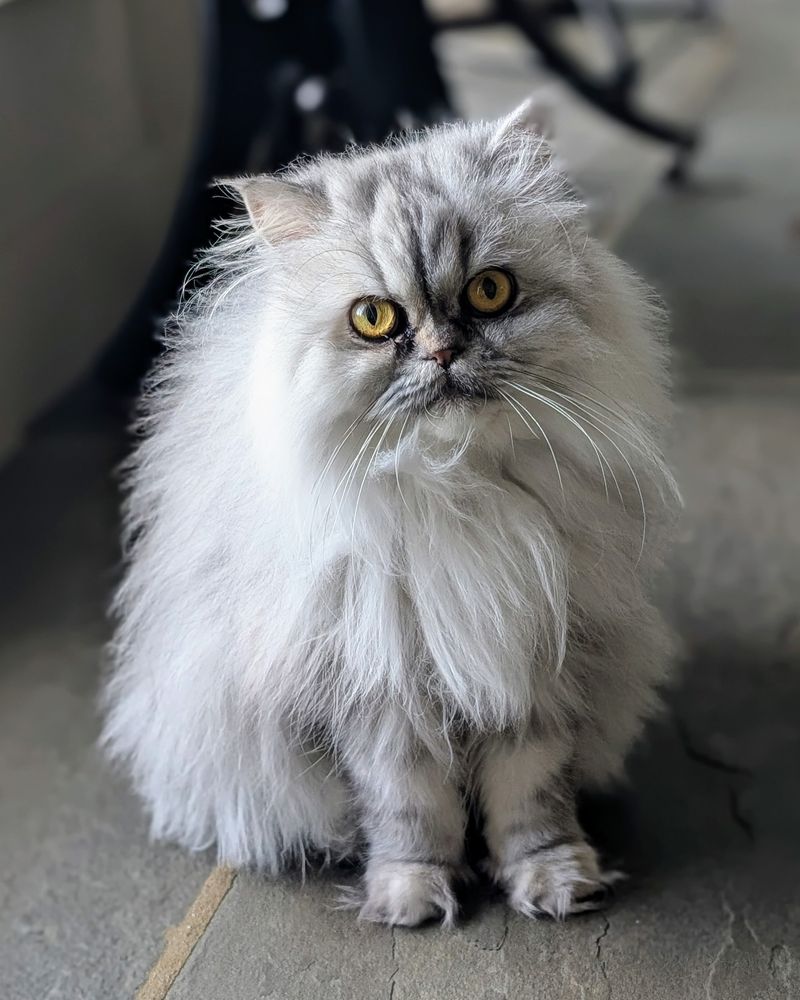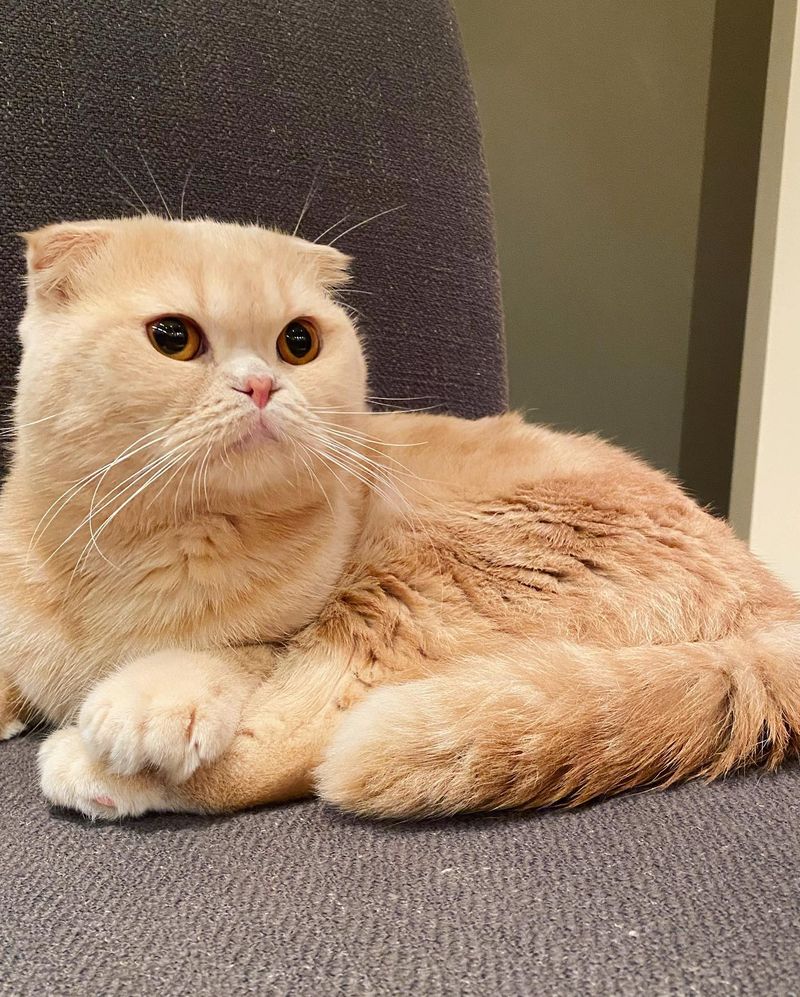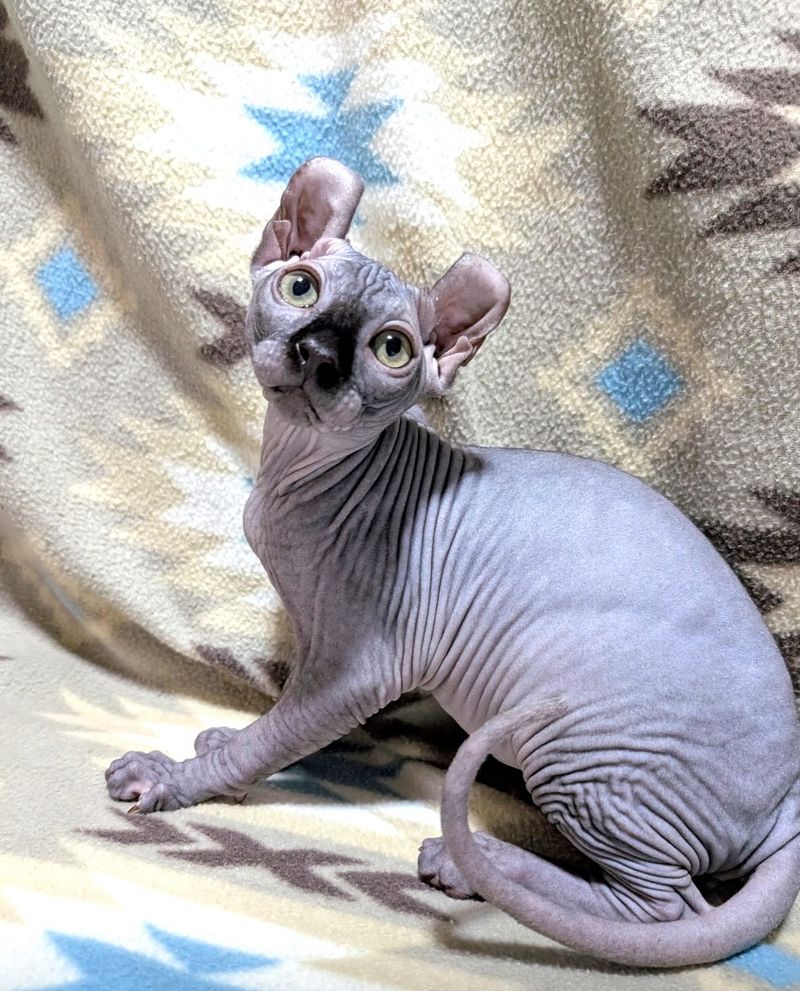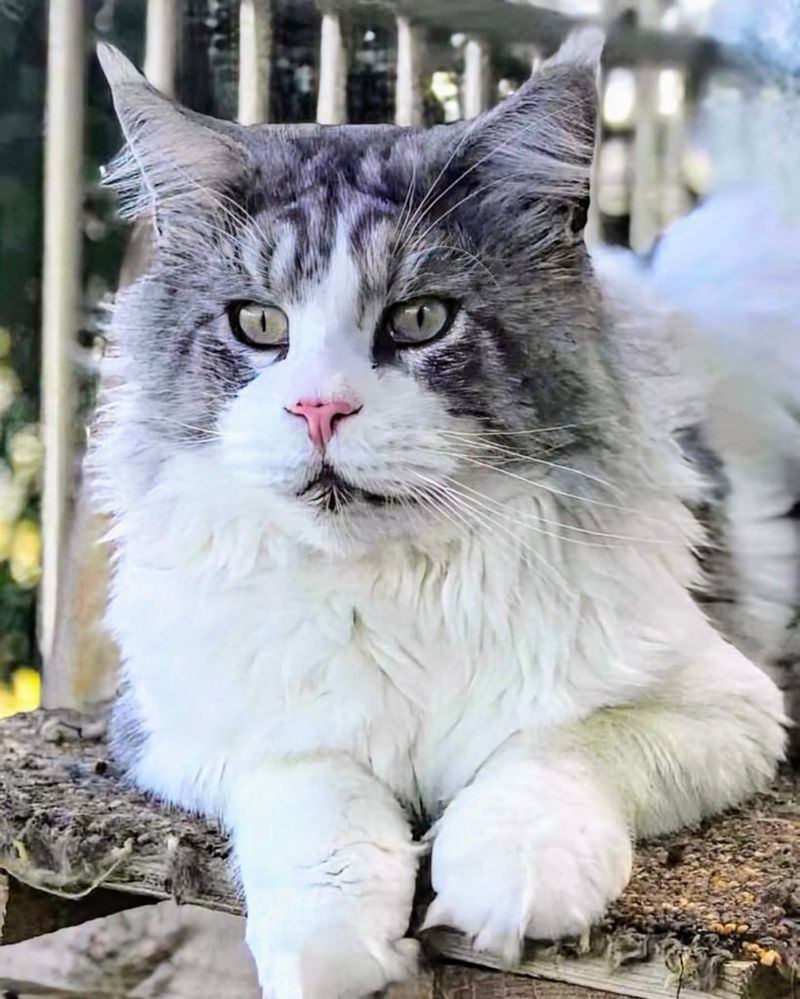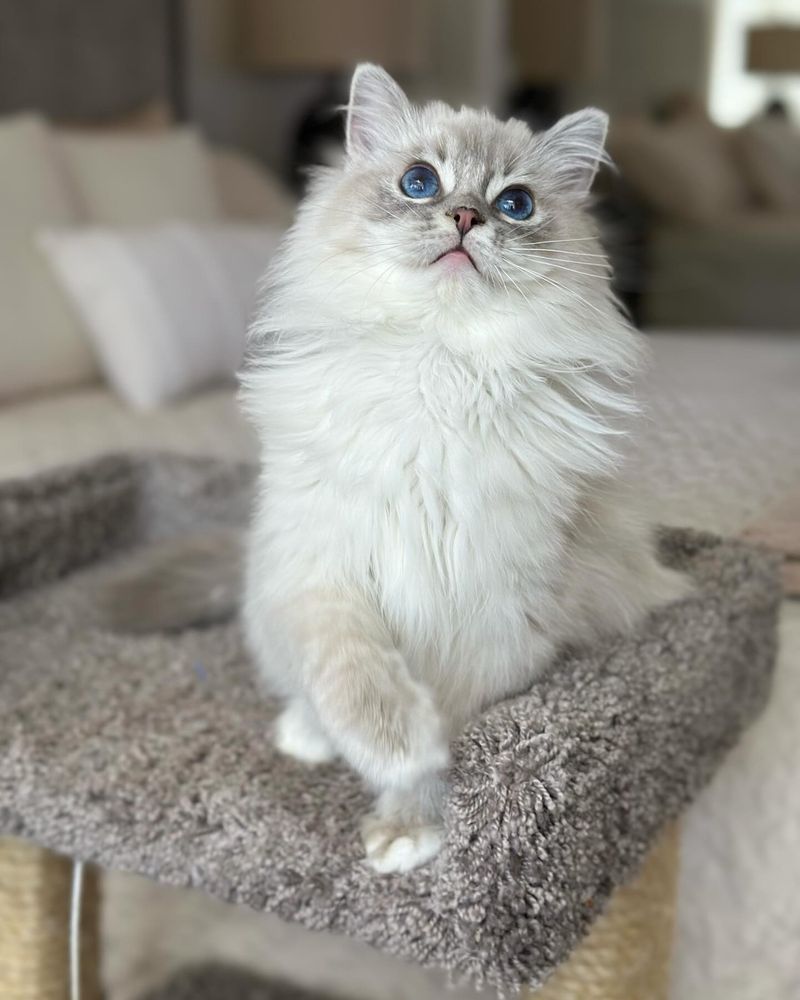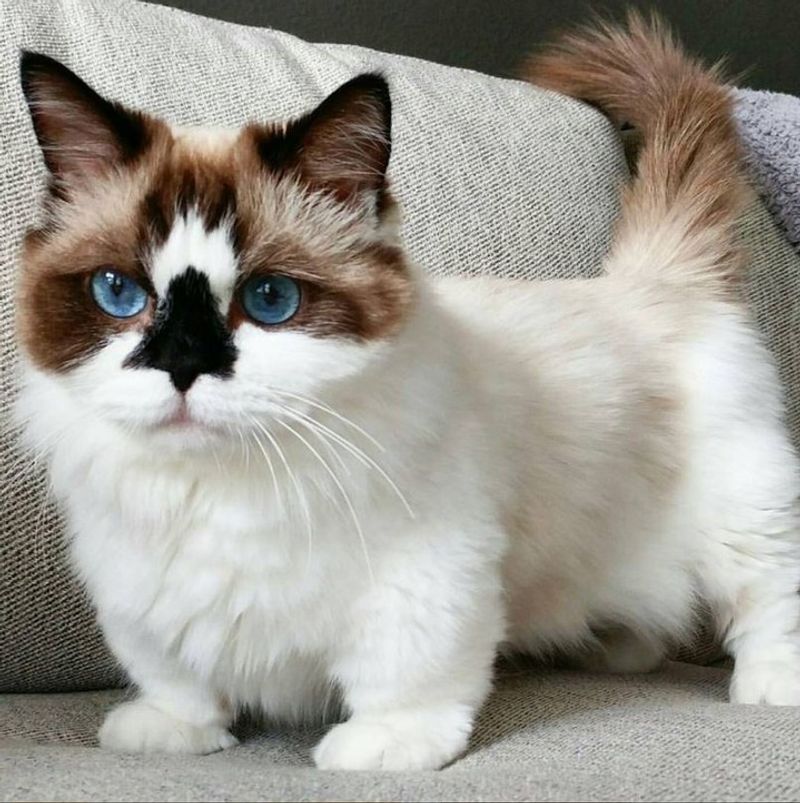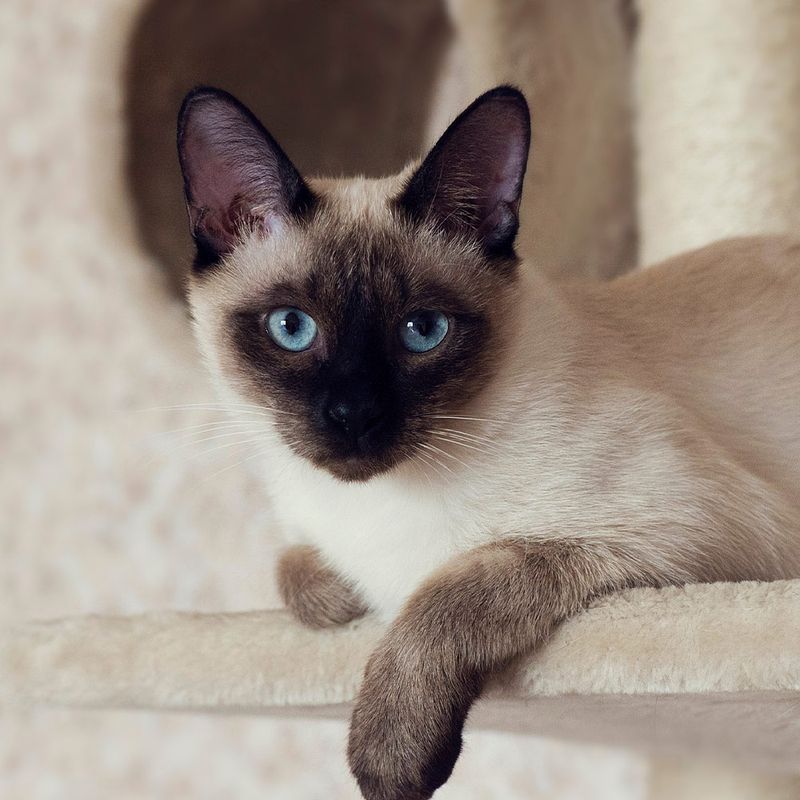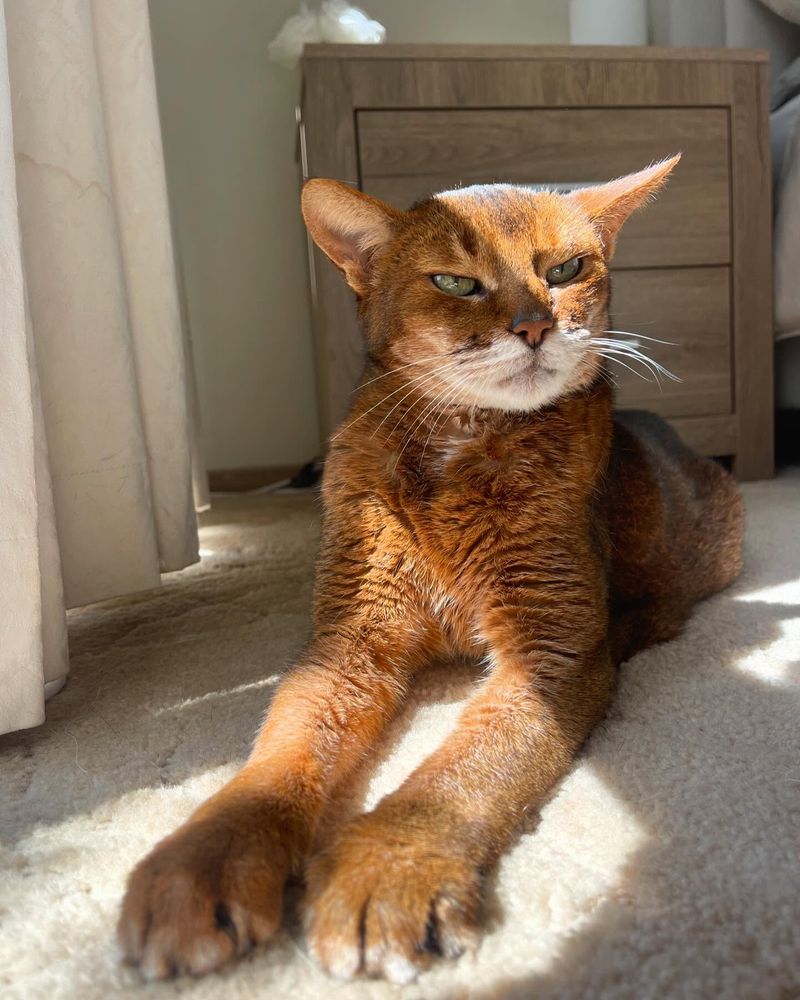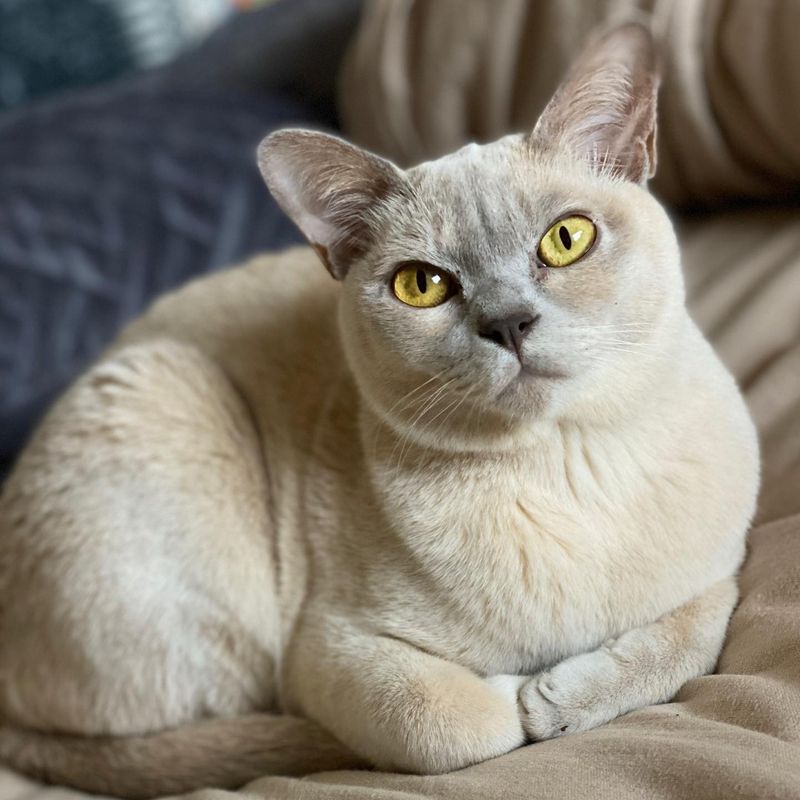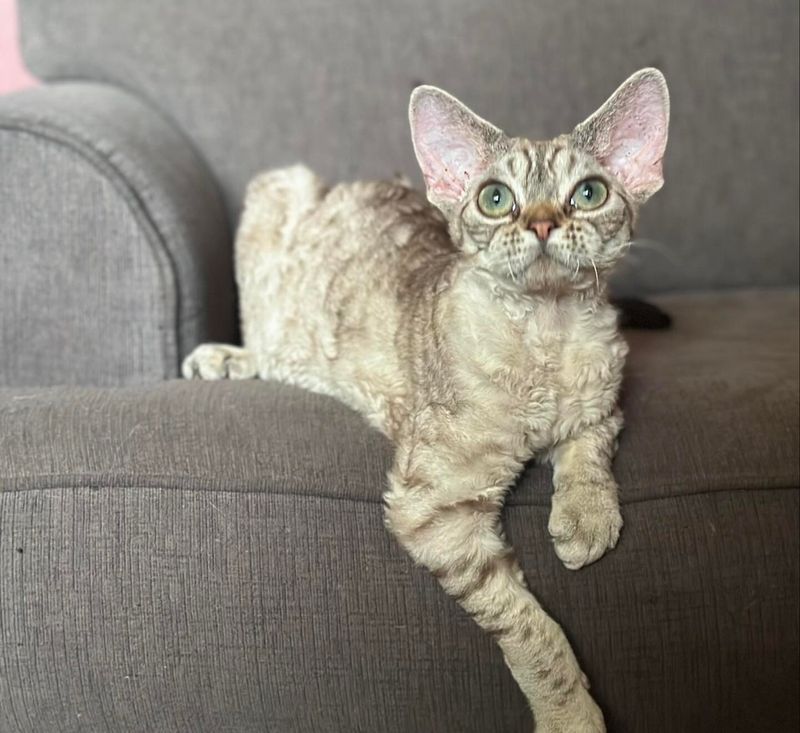📖 Table of Content:
- 1. Persian Cats: Beautiful Faces, Breathing Troubles
- 2. Scottish Folds: Cute Ears, Painful Joints
- 3. Sphynx: Hairless Wonders with Hidden Troubles
- 4. Maine Coon Giants: Big Hearts with Big Problems
- 5. Ragdoll Cats: Floppy Bodies, Fragile Health
- 6. Bengal Cats: Wild Looks, Domesticated Problems
- 7. Munchkin Cats: Short Legs, Long List of Problems
- 8. Siamese Cats: Vocal Beauties with Vision Issues
- 9. Abyssinian Cats: Active Felines with Kidney Concerns
- 10. Burmese Cats: Sleek Bodies, Cranial Defects
- 11. Devon Rex: Curly-Coated Charmers with Heart Troubles
From dazzling blue eyes to silky coats and royal struts, some cat breeds seem too beautiful to be real. But beneath the glamour lies a hidden truth: many of the world’s most beloved purebred cats are quietly battling serious genetic disorders.
Whether it’s heart disease, kidney failure, joint deformities, or vision loss, these conditions are often the result of selective breeding that prioritizes looks over long-term health. As heartbreaking as it is, knowing the risks can empower future cat parents to make better-informed choices — and maybe even help improve the lives of these vulnerable breeds.
So before you fall for a fancy coat or a flat face, take a closer look. Here are 11 cat breeds whose beauty hides a much more complicated reality.
1. Persian Cats: Beautiful Faces, Breathing Troubles
Those adorable flat faces that make Persian cats so recognizable also cause them serious health problems. Their squished facial structure, called brachycephaly, leads to breathing difficulties, excessive tearing, and eye infections.
Persians commonly develop polycystic kidney disease (PKD), which forms fluid-filled cysts in their kidneys. Almost 40% of Persians worldwide carry this genetic mutation! Their long, luxurious coats require daily grooming to prevent painful mats.
Heart disease and dental issues also plague this ancient breed. Despite these challenges, Persians remain one of the most popular cat breeds globally, known for their sweet temperaments and royal appearance.
2. Scottish Folds: Cute Ears, Painful Joints
Those adorable folded ears come with a heavy price. Scottish Folds have a cartilage mutation that doesn’t just affect their ears – it impacts their entire skeleton. Many develop a painful condition called osteochondrodysplasia, which causes abnormal bone growth and cartilage issues.
As they age, Scottish Folds often struggle with thickened, painful tails, stiff legs, and severe arthritis. Some cats become completely immobile in their later years. The genetic mutation is so problematic that breeding two folded-ear cats together is considered unethical by many veterinary organizations.
The breed’s sweet expression and round face mask the discomfort many experience throughout their lives.
3. Sphynx: Hairless Wonders with Hidden Troubles
Hairless and heartwarming, Sphynx cats capture attention with their unique appearance. Sadly, the same genetic mutations that create their hairless bodies also predispose them to serious health concerns. Hypertrophic cardiomyopathy (HCM), a dangerous heart condition, runs rampant in this breed.
Without protective fur, Sphynx cats have special needs. Their skin requires regular cleaning to remove body oils that would normally be absorbed by fur. They sunburn easily and get cold quickly. Many develop skin conditions like urticaria pigmentosa, causing crusty sores.
Dental problems also plague these cats, with many losing teeth prematurely due to genetic periodontal disease.
4. Maine Coon Giants: Big Hearts with Big Problems
Maine Coons steal hearts with their massive size and dog-like personalities. Unfortunately, these gentle giants face a high risk of hypertrophic cardiomyopathy (HCM) – a heart condition where the heart muscle thickens, making it harder to pump blood effectively.
Hip dysplasia, typically associated with large dogs, affects Maine Coons too. This painful joint condition can lead to arthritis and mobility issues. Spinal muscular atrophy (SMA) also appears in this breed, causing muscle wasting and weakness.
The same genes responsible for their impressively large paws and bodies make them vulnerable to polydactyly (extra toes) and joint problems as they age and carry their substantial weight.
5. Ragdoll Cats: Floppy Bodies, Fragile Health
Named for their tendency to go limp when held, Ragdolls charm owners with their striking blue eyes and affectionate nature. Behind their docile demeanor lurks a concerning genetic health profile. Hypertrophic cardiomyopathy runs strongly in Ragdoll bloodlines, with a specific genetic mutation identified in the breed.
Polycystic kidney disease affects many Ragdolls, forming fluid-filled cysts that gradually damage kidney function. Their laid-back personality sometimes masks pain, making health problems harder to detect early.
Bladder stones and urinary tract issues frequently trouble these cats. Despite regular screening efforts by responsible breeders, these genetic conditions continue to impact the breed’s overall health and lifespan.
6. Bengal Cats: Wild Looks, Domesticated Problems
Bengals dazzle with their exotic spotted coats reminiscent of wild leopards. Created by crossing domestic cats with Asian leopard cats, this relatively new breed carries genetic baggage from both ancestral lines. Progressive retinal atrophy, causing gradual blindness, appears frequently in Bengal bloodlines.
Hypertrophic cardiomyopathy affects Bengals at higher rates than average cats. Their hybrid origins also make them susceptible to digestive disorders like inflammatory bowel disease.
Many Bengals develop pyruvate kinase deficiency, a genetic condition affecting red blood cells that can cause anemia and chronic fatigue. Their high energy and athletic builds mask these underlying health vulnerabilities that can dramatically shorten their lives.
7. Munchkin Cats: Short Legs, Long List of Problems
Munchkins win hearts with their stubby legs and playful antics. These short limbs result from a dominant gene mutation affecting cartilage development – essentially a form of dwarfism. Despite their adorable appearance, this mutation causes significant health challenges.
Their shortened legs create abnormal stress on the spine, leading to lordosis (excessive spinal curvature) and painful back problems. Many Munchkins develop osteoarthritis earlier than normal-legged cats.
The breed’s chest cavity can be smaller than average, potentially affecting heart and lung function. Some Munchkins cannot jump or move normally, limiting natural cat behaviors. The controversial breed isn’t recognized by some cat associations due to ethical concerns about deliberately breeding cats with skeletal abnormalities.
8. Siamese Cats: Vocal Beauties with Vision Issues
Famous for their striking blue eyes and vocal personalities, Siamese cats carry several concerning genetic predispositions. The same genes creating their beautiful blue eyes and color-point coats also cause crossed eyes (strabismus) and progressive retinal atrophy in many Siamese.
Amyloidosis, a condition where protein deposits damage organs, particularly affects this ancient breed. Their distinctive narrow skull shape predisposes them to respiratory issues and dental problems.
Siamese cats have a higher risk of mammary tumors and lymphoma than many other breeds. Their slim bodies can mask intestinal problems like megacolon, which causes severe constipation. Despite these challenges, Siamese remain beloved for their intelligence and devoted personalities.
9. Abyssinian Cats: Active Felines with Kidney Concerns
With their ticked coats and playful energy, Abyssinians seem like the picture of feline health. Reality tells a different story. This ancient breed faces an alarmingly high rate of progressive retinal atrophy, a genetic condition causing blindness.
Pyruvate kinase deficiency runs through Abyssinian lines, leading to anemia and reduced energy levels. Their biggest health challenge comes from renal amyloidosis – a deadly kidney disease where protein deposits damage these vital organs.
Nearly one in five Abyssinians develops dental problems requiring extraction. Despite their active appearance, many Abyssinians face shortened lifespans due to these genetic conditions. Responsible breeders now screen for these disorders, but the genes remain prevalent in the breed’s limited gene pool.
10. Burmese Cats: Sleek Bodies, Cranial Defects
Burmese cats enchant with their glossy coats and golden eyes. However, this breed faces a devastating condition called Burmese head defect, which causes fatal cranial deformities in kittens. Affected kittens rarely survive birth.
Diabetes mellitus strikes Burmese cats at twice the rate of other breeds. Their unique metabolism makes them prone to this chronic condition. Hypokalemia, a disorder causing low potassium levels and muscle weakness, specifically targets Burmese cats.
The breed’s facial structure contributes to dental overcrowding and breathing difficulties. Flat-faced Burmese lines also experience the same breathing challenges seen in Persian cats. Despite these serious concerns, Burmese remain popular for their playful, people-oriented personalities.
11. Devon Rex: Curly-Coated Charmers with Heart Troubles
Devon Rex cats stand out with their elfin faces and curly, ultra-soft coats. The genetic mutation creating those adorable curls also causes problems. Many Devon Rex cats experience baldness and skin issues as the delicate hairs break easily.
Hypertrophic cardiomyopathy threatens this breed at higher rates than average. Their unusual ear size and placement can lead to frequent ear infections and hearing problems. Devon Rex cats commonly develop a condition called myopathy, causing muscle weakness.
Their thin coat provides little protection from cold or sun, requiring special care. Despite these health challenges, Devon Rex cats continue winning hearts with their mischievous personalities and monkey-like climbing abilities. Their fragile appearance reflects genuine physical vulnerabilities requiring attentive care.
